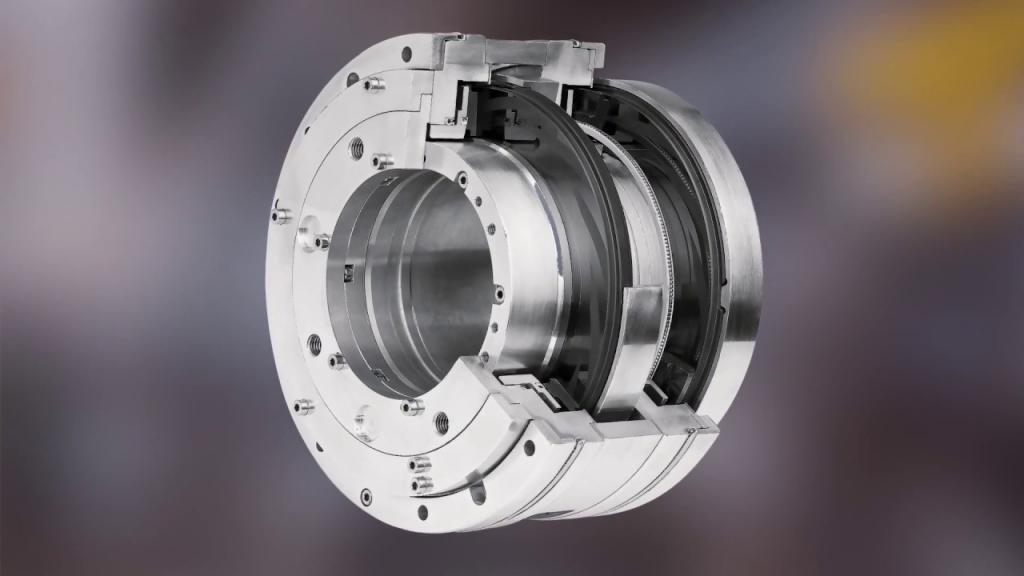What Makes Dry Gas Seals Trip
Dry gas seals are very commonly used nowadays. They are the modern day preference for oil and gas industries in addition to food industry too. However, as efficient as they are, mechanical seals and dry gas seals are prone to suffer damage. They can pose hindrance in the work capacity due to many reasons.
This is why you should accustom yourself to various things that might cause the dry gas seals to trip, stop working or even completely break. There are numerous reasons for this phenomenon.
Why Dry Gas Seals Trip?
There are many reasons that lead to the deformation and tripping of the dry gas seals. This following list will help you tackle the dry gas seals and even prevent them from happening.
Insufficient Pressure
Something that can cause the dry gas seals to trip might be the insufficient pressure level by compressor. The main buffer gas works as the moderator for establishing the right type of pressure. However, if the buffer gas is not providing the required pressure, it might cause the gas to pass through two faces of the seals causing it to trip. Usually, this gas passing through the faces is dirty which can damage the seal faces.
In order to prevent such issues, the pressure should be taken care of and even an interlock can be used.
Oil Trap Pressure
Another important thing leading to dry gas seals’ tripping is the oil build-up. This happens when the trap used for the drainage stops working and pressure is altered at the barrier. Eventually, it will have negative impact on the barrier seals causing the dry gas seals to completely trip. The foil should be removed if you want to avoid any damaged to the seals.
Failure of O-Rings
There is also the risk of failure of O-rings or carbon rings which are also present on the barrier seals. The PVC stream has to keep up with the barrier seals to ensure that pressure does not increase on the seal itself.
Lack of Super Heating
Dry gas seals require the super-heating which plays its role in preventing formation of mixed phase which is a mixture of liquid with gas. This is because of the fact that dry gas seals are not tolerant to this mixed phase and can be destroyed easily under such circumstances. It is due to the hydrocarbons that the dry gas seals stop working as effectively as they have the potential to.


